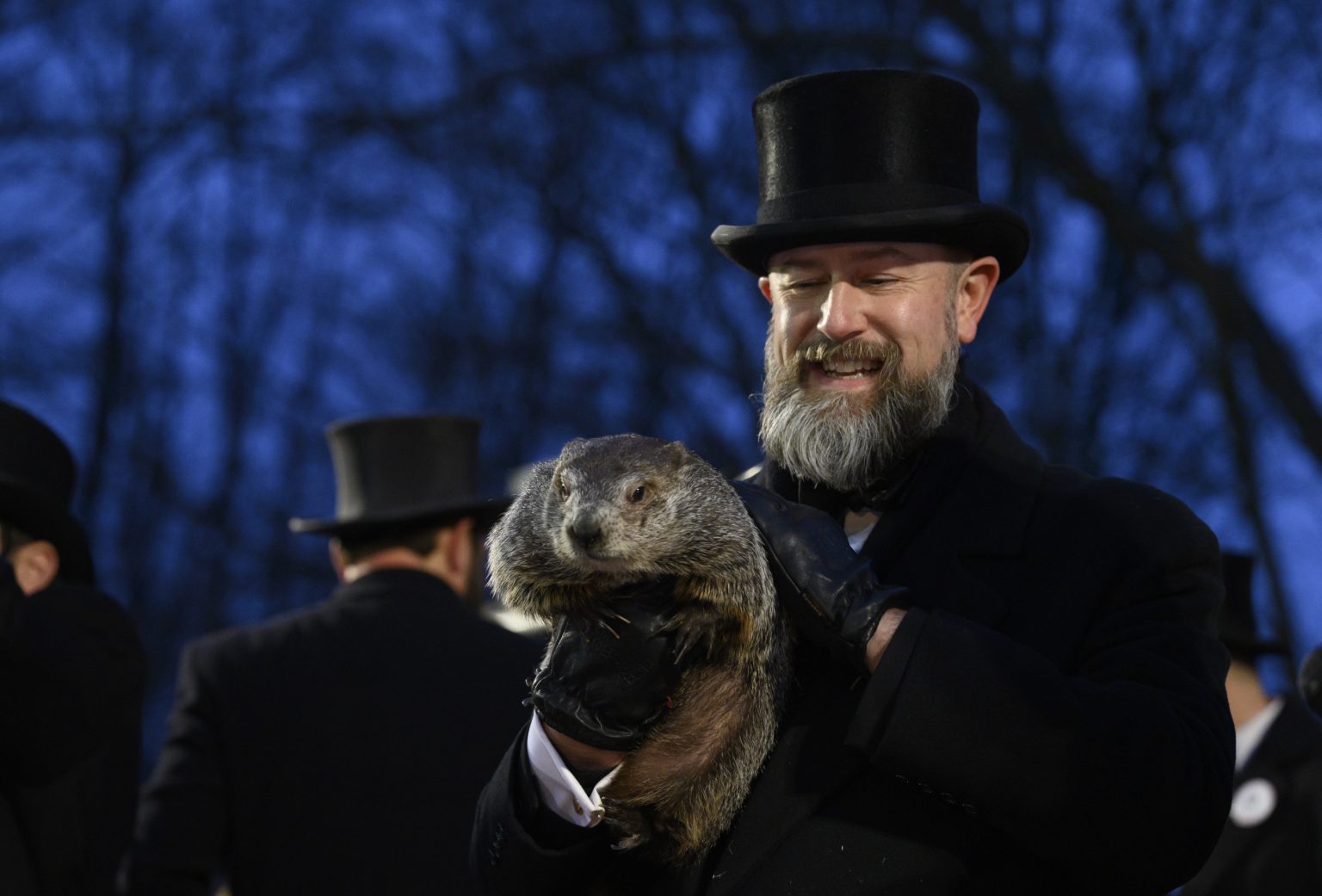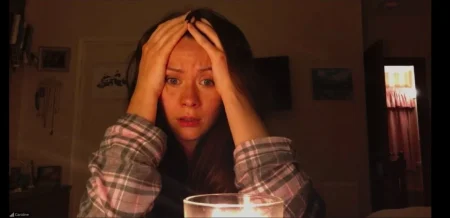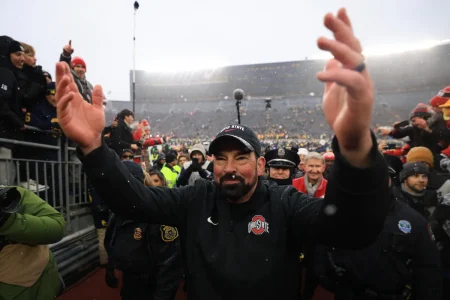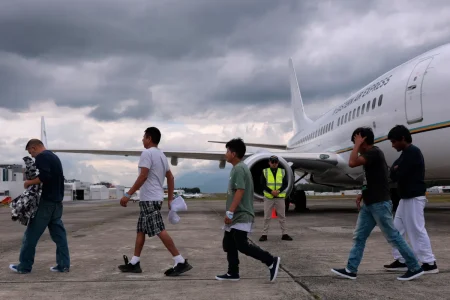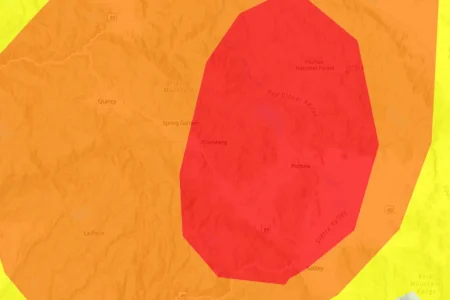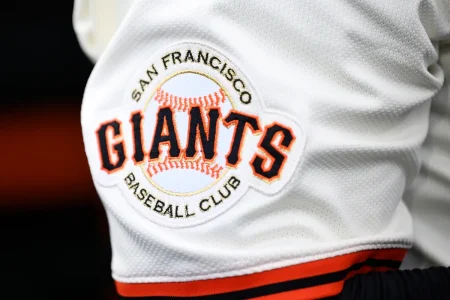Paragraph 1: The Enticing Allure of Groundhog Day
Every year on February 2nd, a unique tradition unfolds in the small town of Punxsutawney, Pennsylvania, captivating the attention of thousands across the United States and Canada. This tradition, known as Groundhog Day, centers around a furry prognosticator named Punxsutawney Phil, a groundhog whose shadow, or lack thereof, supposedly predicts the arrival of spring. The event, steeped in folklore and brimming with anticipation, has become a cultural phenomenon, drawing large crowds and generating national interest. While lacking scientific basis, Groundhog Day offers a whimsical and lighthearted respite from the winter doldrums, providing a communal experience that unites people in the shared anticipation of spring’s arrival.
Paragraph 2: The Ritual and the Prophecy
The central ritual of Groundhog Day involves observing Punxsutawney Phil as he emerges from his burrow at Gobbler’s Knob. According to tradition, if Phil sees his shadow and retreats back into his burrow, it signifies six more weeks of winter. Conversely, if he doesn’t see his shadow, it portends an early spring. This simple act, imbued with symbolic meaning, has become a cherished ritual, passed down through generations. The prediction, regardless of its accuracy, fuels conversations and speculations nationwide, adding a touch of whimsical folklore to weather forecasting.
Paragraph 3: Witnessing the Spectacle: Accessing the Groundhog Day Festivities
The Groundhog Day festivities have evolved into a multimedia event, accessible to audiences both near and far. For those unable to make the pilgrimage to Punxsutawney, numerous viewing options exist. Local Pennsylvania networks, such as FOX29 Philadelphia and WTAE, typically provide live coverage of the event. National news networks like NBC News and CBS News also frequently feature the prediction during their morning programs. The digital age has further broadened access, with the Punxsutawney Groundhog Club offering live streams on their official website and social media platforms, alongside other online platforms like VisitPA.com and various YouTube channels.
Paragraph 4: Delving into the Historical Roots of Groundhog Day
The roots of Groundhog Day can be traced back to the ancient Christian tradition of Candlemas, a day when clergy would bless candles and distribute them to symbolize the light dispelling winter’s darkness. German settlers brought this tradition to Pennsylvania, adapting it to their new environment by substituting the European hedgehog with the readily available groundhog as the weather prognosticator. In 1887, Punxsutawney Phil became the central figure of this evolving tradition, held annually at Gobbler’s Knob, with the event gaining increasing popularity over the years.
Paragraph 5: Punxsutawney Phil’s Track Record and the Science of Weather Prediction
While Punxsutawney Phil’s predictions are eagerly anticipated, his accuracy rate hovers around a modest 39 percent. Meteorologists emphasize the complexity of seasonal weather patterns, highlighting the limitations of predicting long-term forecasts based on a single event. The groundhog’s prediction, therefore, should be viewed as a fun tradition rather than a scientifically sound meteorological forecast. Despite its questionable accuracy, the tradition continues to charm and entertain, attracting global attention and reinforcing its place in American folklore.
Paragraph 6: Beyond the Prediction: The Day’s Continuing Festivities and Legacy
Following the morning prediction, the festivities in Punxsutawney continue throughout the day, transforming the small town into a hub of celebration. Parades wind through the streets, concerts fill the air with music, and various community events create a vibrant atmosphere. The celebration extends beyond the physical location, with major news outlets and social media platforms buzzing with highlights and reactions, allowing those not present to participate in the shared experience. Groundhog Day, ultimately, is more than a quirky tradition; it’s a testament to the enduring power of folklore, community, and the shared human desire for the arrival of spring.





